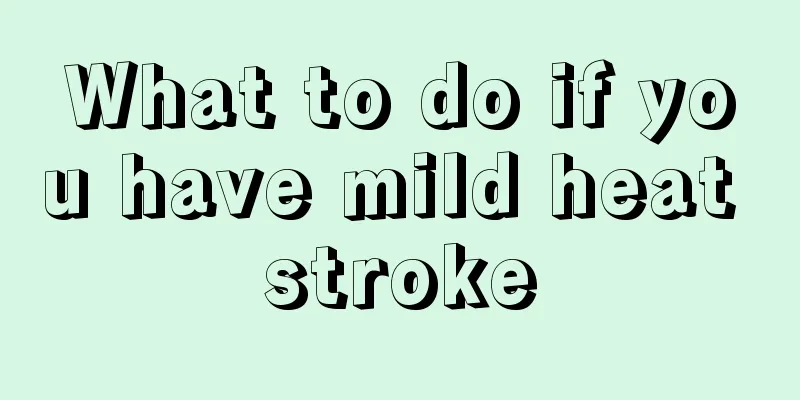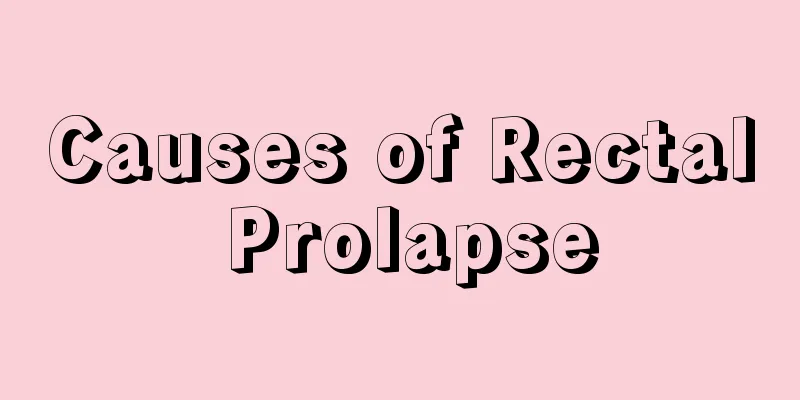How to provide first aid for shock?

|
In life, there are often some unexpected situations, which requires us to learn some common sense of first aid so that we can better face these sudden phenomena in life. The most common thing in life is the sudden occurrence of some diseases, such as heart disease, stroke, cardiovascular disease, etc., but shock is also a relatively common phenomenon, so we need to learn the first aid knowledge of shock. So how should we provide first aid when someone is in shock? It is divided into hypovolemic shock, septic shock, cardiogenic shock, anaphylactic shock and neurological shock. It is characterized by rapid onset of mental dullness or irritability, physical weakness, cold limbs, moist and pale skin or mild cyanosis, a weak and rapid pulse, and a drop in blood pressure with systolic pressure below 10.7 kPa (80 mmHg). It can be life-threatening if not treated in time. 1. Move or disturb the patient as little as possible, loosen the patient's clothes, let the patient lie flat with the head to one side (if the patient has cardiogenic shock with heart failure, the patient should be in a semi-recumbent position). For patients with severe shock, lower the head and raise the feet; but for patients with head injury, difficulty breathing or pulmonary edema, the head of the bed can be slightly raised; pay attention to keeping warm, but not overheating, sometimes give hot drinks such as strong tea or ginger soup; oxygen can be used if conditions permit. Acupuncture is performed on the Ren Zhong and Shi Xuan points, or additional acupuncture is performed on Nei Guan and Zu San Li points. Closely observe changes in heart rate, breathing, and mental state, and make detailed records. 2. If bleeding occurs, stop the bleeding immediately. 3. Send to hospital immediately for emergency treatment. Appendix: Once penicillin allergic shock occurs, rescue must be carried out every second. In addition to general rescue for shock, 0.1% epinephrine can be injected immediately (subcutaneously or intramuscularly). The single dose for adults is 1 ml, and for children is 0.5 ml. If necessary, it can be injected intravenously or intracardiacally. If the symptoms of shock do not improve, the injection can be repeated every half hour until the person is out of danger. Send to hospital for treatment if necessary. After understanding the first aid methods of shock introduced in the article, we will be able to deal with these emergencies in life when we face them. Of course, when the patient is in shock, he will faint, so he needs to be treated as much as possible. If the best treatment time is delayed, it is likely to pose a certain threat to the patient's life. |
>>: What are the common sense of cardiac first aid?
Recommend
What are the causes of gastric tumors?
Gastric tumor is a common tumor disease, but many...
What are the diet and maintenance after colon cancer surgery
Colon cancer is one of the common malignant tumor...
How to clean shrimps
In our lives, many people like to eat shrimps bec...
I feel sick when I smell alcohol
Alcohol is a must-have item for every party, espe...
What to do if you have gallstones
Gallstones are a very common disease in daily lif...
Athletes' three meals recipe
Everyone knows that athletes in this special prof...
What should I eat if I have hamartoma
Hamartomas can occur in many parts of the body, s...
Can acupuncture cure anxiety?
Nowadays, the living standards in society are gra...
How can we effectively prevent liver cancer? 3 most effective ways to prevent liver cancer
The National Cancer Research Center of Japan publ...
What material is good for baby towels
Babies' skin is very delicate, so parents alw...
The efficacy of houttuynia cordata stewed with monk fruit
Some people may not particularly like the taste o...
Principles of medication for bone cancer pain
Pain is one of the most common symptoms of bone c...
How to ripen green papaya more effectively
Papaya has a good effect on beauty and breast enh...
How come the liver cancer is in the advanced stage after a checkup? Pay attention to 4 points in diet to prevent liver cancer
Liver cancer has become the type of cancer with t...
What are the symptoms of polyneuritis?
As a patient, you should pay attention to the sym...









